Mobile photography accessories are ultra-important in photography. Here, we take a look at the most essential ones. There are thousands of ways to shoot a time lapse, but there is one fact you can’t deny–more motion brings more drama. This is why it can be a great idea to pan, dolly or truck a camera when shooting. Camalape does the job.
The iPhone Shutter Grip, lets you have a camera when you don't have one, just attach to your phone. Tapping the surface of the phone is not something a genuine photographer would enjoy. Now with this you have a shutter release button.
Polarizing Clip-on Filter, now you can bring your mobile photos to the next level with this clip-on polarizing filter–it will suit almost any mobile device, such as a smartphone or tablet PC. Just check out the product page to see if it is compatible with your device. The skies and clouds become more crisp, and the unwanted glare no longer distorts the image.



 Your new post is loading...
Your new post is loading...
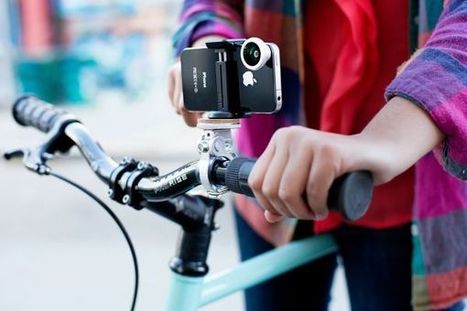

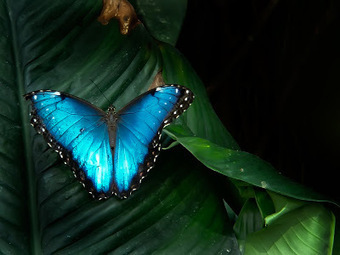
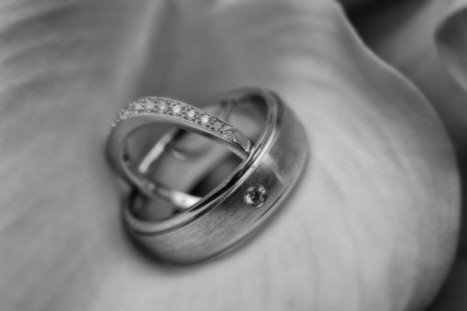


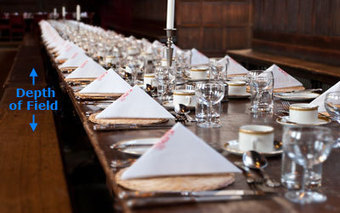

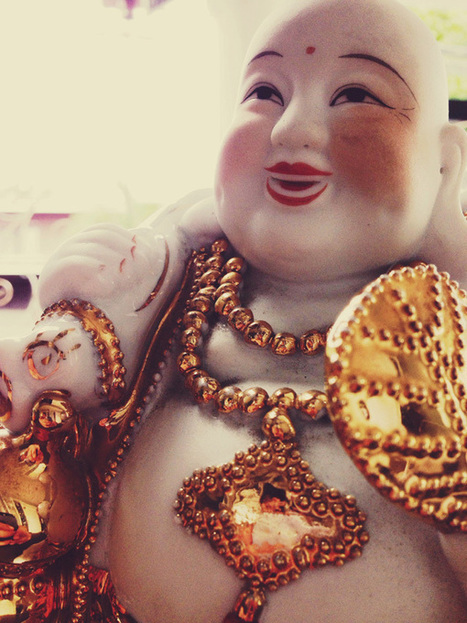

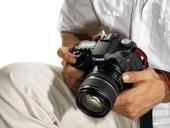
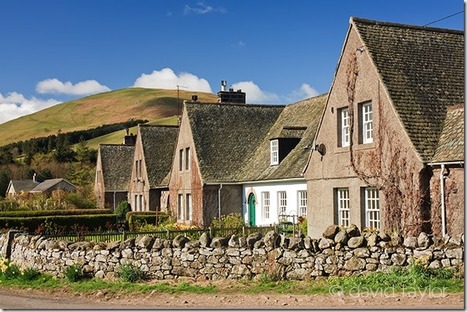
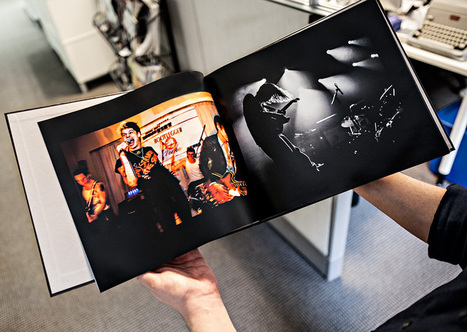







These small gagdets are perfect for that Photographer that hasn't quite grasped the use of an iPhone. Being able to clip on a lens, attaching a shutter button and tripods, but built with the 'go' in mind. Just so happens that I may invest in a fisheye lens for my phone to capture those other worldly moments.
This could even be a lesson for a few iphonographers out there that may progress to a DSLR later in the future. So it could go both ways.